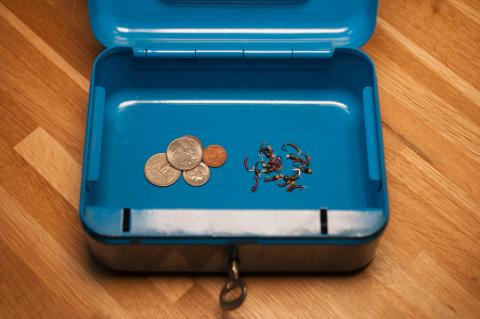Blues is right. It is amazing no one has come up with a bullet-proof, long lasting wading boot. I've tried a lot of them and none of them seem to compare with the 35 year old Weinbrenner "factory seconds" my dad bought me back in the late 70s. I still have those boots and have re-felted them at least 5 times! The uppers are still intact and the brass eyelets still in place. I grew up fishing out west but recently my needs changed. I moved to Cape Cod where we do a lot of walking on sand. I decided I needed to go to a composite rubber sole, felt wasn't needed here.
So I looked for boots with Aquastealth soles, having read good things about them. I order a pair of Simms L2s and was sorely disappointed. Simms makes the best waders on earth, right there in Bozeman, but their boots are made in China. TOO tight in the toebox. Why they used that narrow toe last to build these on is beyond me. Then, I thought I'd discovered the ultimate boot for saltwater applications. I ordered a pair of L.L. Bean River Treads with Aquastealth soles. Great fit, comfortable, wide toe box, synthetic leather construction, rubber toe bumper, light , etc. I was happy. The Aquastealth soles have good stick on rocks and walk well over miles of sandy flats. I was contented for about five months, which is when I sent them back.
If Beans had spec-ed these boots with solid brass or bronze lacing hardware, I'm sure I'd still be happily wearing them. But they used cast pot metal lacing eyelets, plated to look like bronze, and they very quickly were eaten away by the corrosive salt environment, and I am ANAL about washing all my gear down in fresh water after each outing. When I saw the corrosion process begin I even started brushing off the eyelets with a weak acid solution, vinegar in water, to try to counteract the degradation. No help. Four months into a new pair of boots one of the eyelets rotted completely away, and most others were on their way out too.
So, I recently purchased a NEW pair of Weinbrenners, but elected to go with the felt as I wanted the old Borger boot and not the newer, nylon Propex boot with the rubber sole. I made the mistake of ordering the "Professional" model Borger, however, thinking two layers of felt was better than one! RIGHT!...until you get them wet. These boots, when wet, weigh a TON, as all that extra felt soaks up lots of water! Also, Weinbrenner couldn't seem to leave well enough alone and replaced the standard synthetic leather tongue with that new nylon material and it is a poor design, leaving lumps and folds in the material when laced. They also added that "shark skin" toe cap which I find doesn't flex at all during walking. They still use SOLID brass lacing hardware though, (I think) which SHOULD hold up in the salt. Knock on wood.
Still looking. Anybody out there find the great saltwater wading boot?
- Log in to post comments

